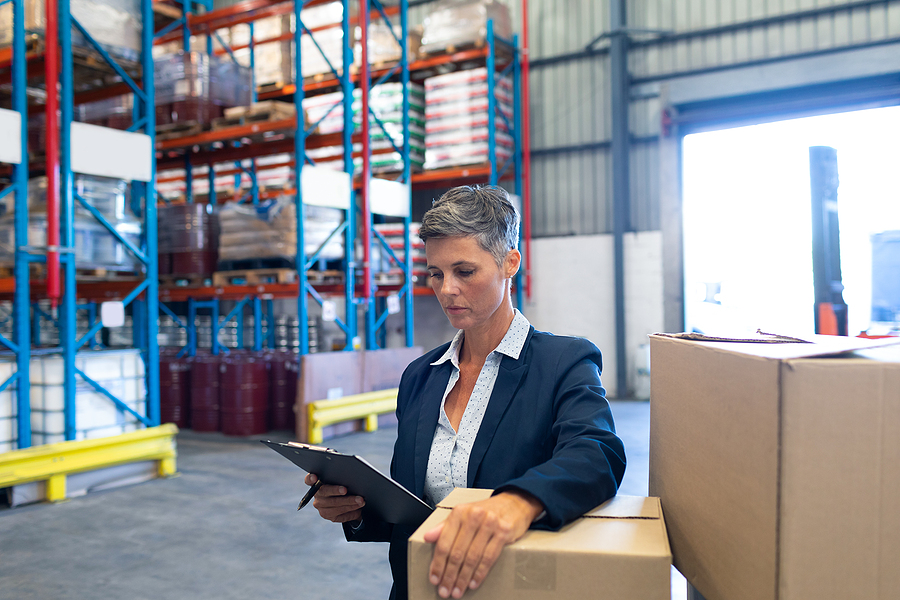Reverse Logistics entail all operations involving the reuse of products and materials to increase efficiency and reduce costs. Simply, the process of planning out and controlling how raw materials turn to in-process inventory turn to finished goods in a cost-efficient manner from consumption point to origin point for proper disposal or proper value attribution is reverse logistics. It may also include remanufacturing and refurbishing activities. In a normal logistical process, goods move from the manufacturer to the customer. However, in reverse logistics goods move from the customer to the manufacturer. So any logistics that take place after the sale of a product are reverse logistics. Practically it would involve managing the returned equipment and machines, as well as the sale of surplus. A successful reverse logistics process is now the determinant of a streamlined supply chain.
Components of Reverse Logistics
A normal reverse logistics process has three components:
- Return Policy and Procedure: The company sets the RPP and makes the customers aware of it at the moment of purchase. It involves the time duration during which a product can be returned, the condition of the product that is acceptable for a return, the refund policy, the procedure of sending a return delivery to the company.
- Remanufacturing or Refurbishment: ROR is the procedure that takes place after a company accepts the returned product. Returned products are tested, dismantled, repaired, recycled, or disposed of. Repaired products are restocked and resold.
- Waste Disposal: All defective products are dismantled. The parts which cannot be reused or resold are disposed of.
Benefits of Reverse Logistics
A successful and comprehensive reverse logistics process contributes to customer satisfaction, customer retention, and increased market share of the company. If the process is effectively planned out, administrative and transportation can be reduced, and losses prevented in case of returned products. The rise of e-commerce has placed emphasis on the efficiency of supply chains in both directions: manufacturer to customer, customer to manufacturer.
Since reverse logistics involves waste disposal and refurbishment, the company can prevent itself from being fined by the government for un-green policies. They can also get government rebates for promoting recycling. With a system planned out, in case of any equipment failure or recall, the company can respond quickly, reduce litigation risk and appease customers.
Risks of Reverse Logistics
The primary risk is that the company will be unable to manage its costs vs benefits from the reverse logistics supply chain. Since it is not the traditional supply chain, many manufacturers are still novices at setting up an efficient bi-directional supply chain. Issues that may arise include the cost of delivery of a returned product to the distribution center being more than the cost of the product itself. In such a case, the company has to work with third-party dealers to manage returns and expand their infrastructure to manage the warranty and repair process.
Managing the Reverse Logistics Process
To ensure a successful reverse logistics process treat it with the same level of strategy that the traditional supply chain gets. Manage the investments into the RAR, WAD, ROR processes wisely, otherwise, it will cost you long term.
The best thing you can do is to reduce the chances of a product being returned in the first place. Ensure that the highest quality product, as advertised is delivered to the customer. Reduce the chances of the product being damaged during the delivery process. Keep a strict return policy to prevent customers from returning low-value products.
You can make up for any losses from returned products by increasing customer satisfaction. Retained customers will return for repeat business and bring in new customers with them!
